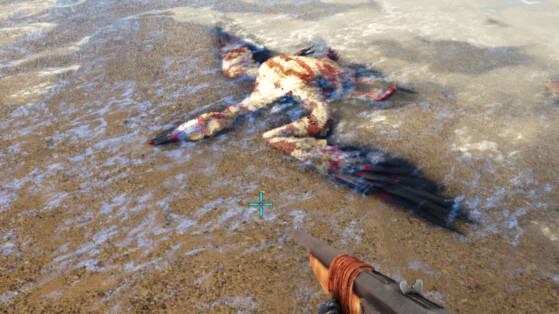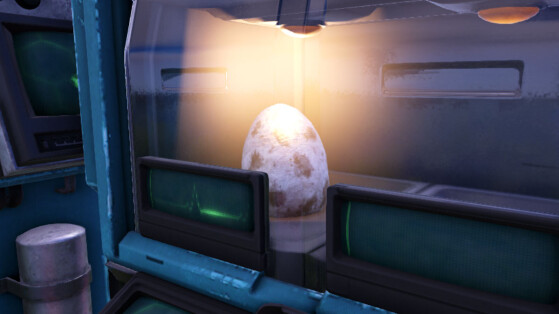In Ark: Survival Evolved, theIchthyornis is what most resembles a cross between our herons and our modern gulls, with some important differences. It is a flying creature that can fish very well. Unfortunately, theIchthyornis is also very hostile and attacks the Survivor as soon as he sees it, grabs his tools from his hands and throws them on the ground. But once tamed it can make an interesting ally, so in this guide we explain the most important things you need to know about this amazing bird.
Table of Contents
Where to find Ichthyornis in Ark?
I’Ichthyornis is not surprisingly a loving animal that lives near bodies of water. It is most often found around the beaches of the island you are on. It can also be observed from time to time near lakes other than on it Tea Island.
Please note that theIchthyornis is a particularly unbearable animal for new players. Indeed, not only does he attack when he wants, but he also steals your food and eats it right away, robbing you of it. Even more dangerous, he knows how to steal the tool you’re holding in your hand and throw it on the ground, a real danger if other creatures are chasing you. For these reasons, he is one of Ark’s least favorite creatures.
- It’s impossible to get one Ichthyornis. On the other hand, you can carry it on your back even though it is a bit bulky.
Peculiarities of Ichthyornis in Ark
- hunter fisherman: If you “Hunting and retrieving“than your Ichthyornis will attack a nearby valid target (fish, Dodo, Company, pegomastax OrLystrosaurus) and will bring you flesh and fish from the death of the slain creature. In general, a good farmer!
- To tame: If you ask Ichthyornis to bring you back the prey he killed (only in the case of fish), he will bring back Fishing dead which will be very useful for taming Otters and Hesperornis.
- Pickpocketing: Against other players, sending him to attack can strip him of his food and disarm him, making your enemies very vulnerable to your attacks.
Taming: how to tame Ichthyornis?
Taming ichthyornis is far from easy. It is a very fragile creature, so you have to be very careful when fighting it. The ideal is to throw Bolas at him to immobilize him, then shoot him some Tranquilizer Darts to put him to sleep before the Bolas’ effect wears off. Be sure to dodge the head so as not to kill your future ally, he has very few hit points!
In terms of food, this creature is particularly fond of because of its fish-eating nature Ordinary kibble and from Meat from fish (superior Or top raw ideal)..
How to Grow Ichthyornis?
The reproduction of theIchthyornis requires the presence of a male and a female of this species.
Randomly and at a rate of about one egg every 18 to 48 hours, the female Ichthyornis lies one Ichthyornis Egg. The player can eat these eggs or use them for crafting croquettes normalbut to give birth to a small one Ichthyornis you have to hatch the egg by placing it on the ground and provide it with acceptable conditions for the development of the young.
In the case of theIchthyornis, her egg hatched in about 1h39min after being incubated under the right conditions. It needs a temperature that fluctuates between 29 and 32°C to hatch, otherwise it will lose health. It is also interesting to know that the incubation time can be reduced by up to 20% if the egg is placed in an incubator set at the ideal temperature.



